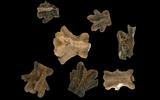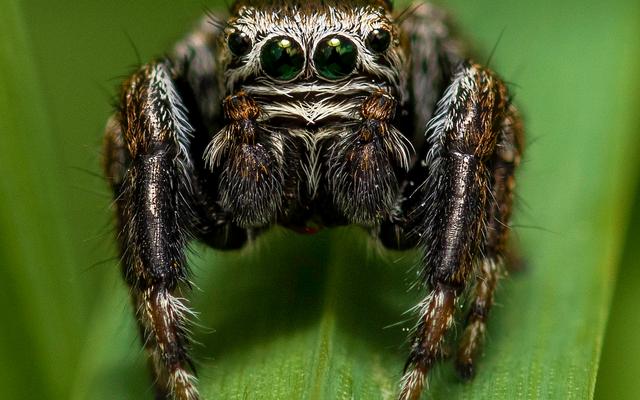The research, published in Proceedings of the Royal Society B and led by Dr. Loredana Macaluso of the Natural Sciences Museum of Turin, shows that this brief but intense period of warming and drying during the Paleocene–Eocene Thermal Maximum (PETM) around 56 million years ago, created conditions that spurred the early success of the salamander family Salamandridae, which includes both newts and true salamanders. While frogs of the time remained largely unchanged, salamanders responded to the PETM with a burst of diversification, particularly among metamorphosing, likely terrestrial species, adapting to the drier conditions. This evolutionary leap laid the groundwork for the dominance of Salamandridae across Eurasia today.
Two new species
Drawing on fossils from the Paris Basin housed at the Natural History Museum of Basel, the team identified the earliest known records of two new salamander species and genera. One, Duffaudiella, honours French palaeontologist Sylvain Duffaud. The other is called Eotriton.
“These fossils offer a window into how ancient climate upheavals shaped life on Earth,” said Anne-Claire Fabre. “They remind us that today’s rapid climate change could have equally profound impacts on our ecosystems.” The study highlights the deep evolutionary roots of Europe’s salamanders and the powerful influence of climate on life – past, present, and future.



